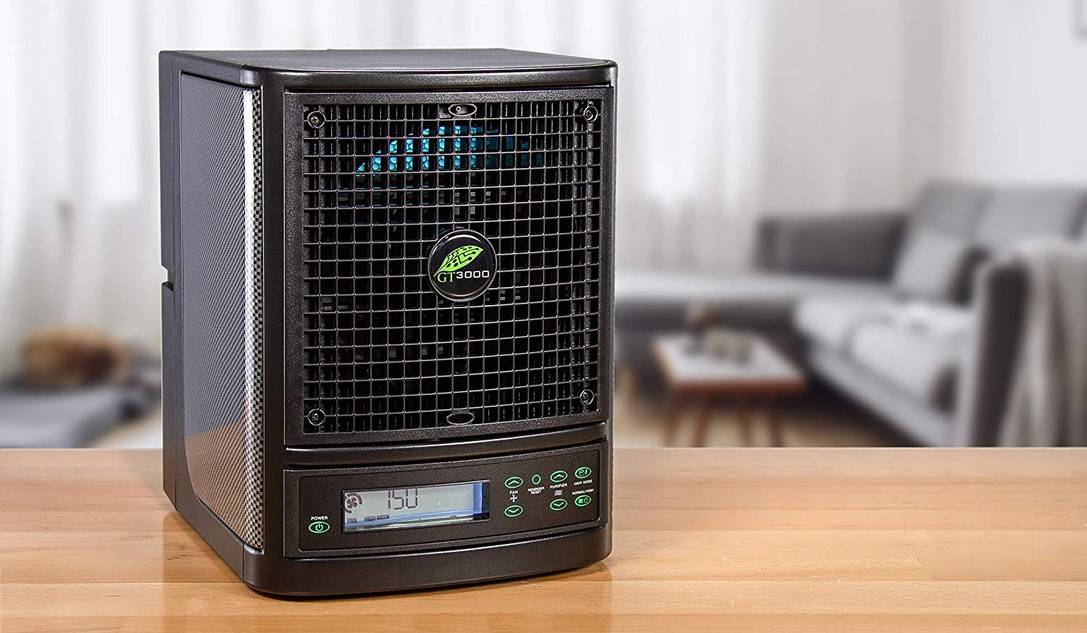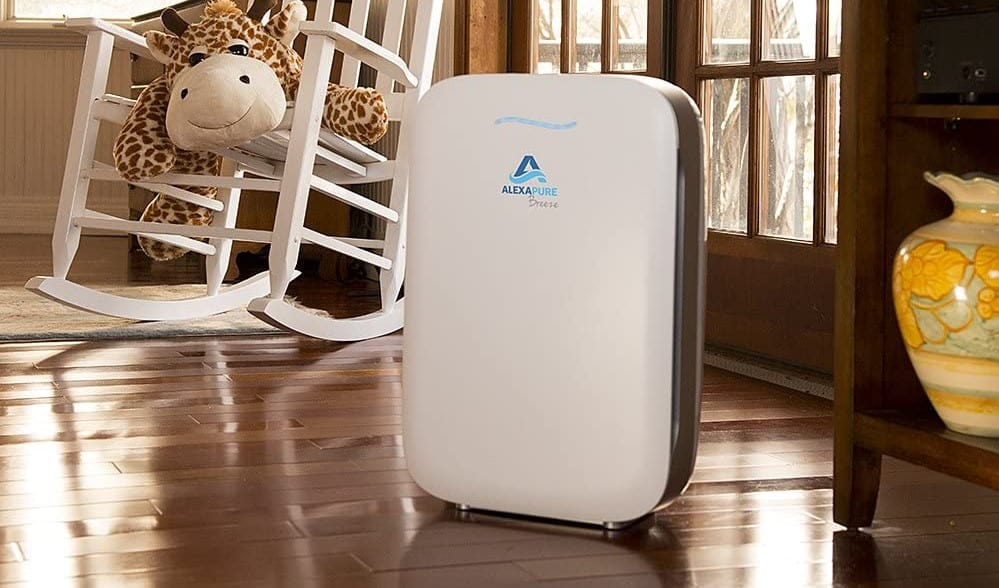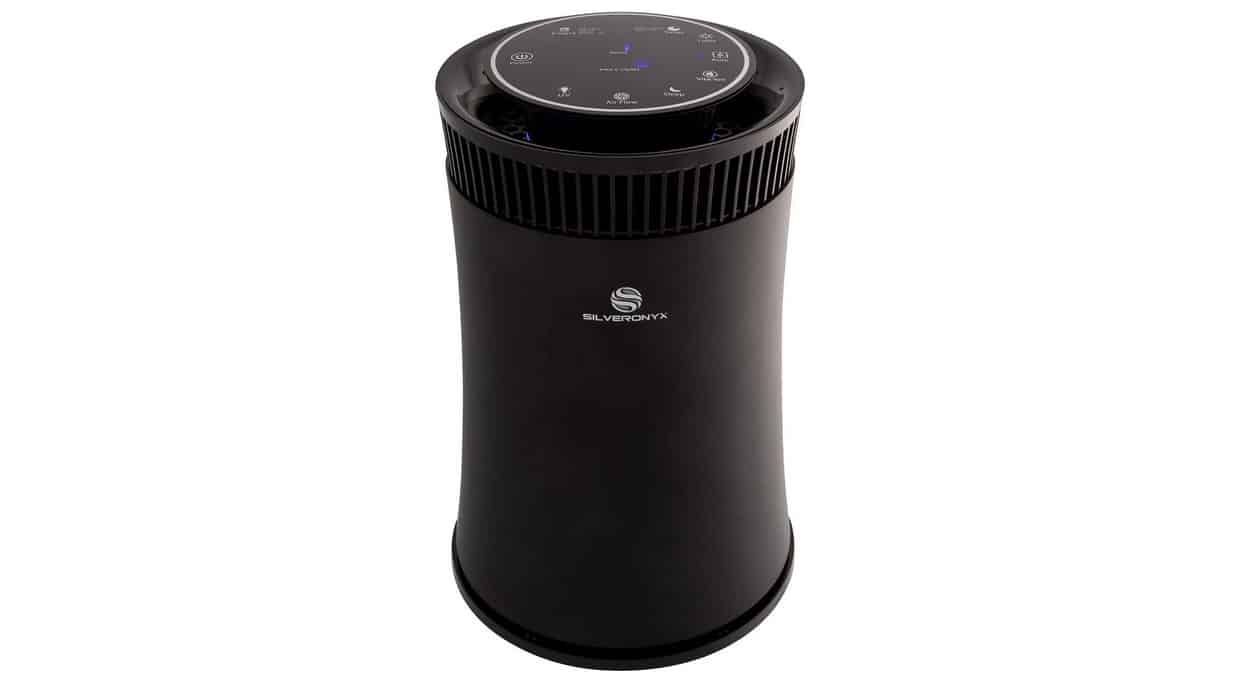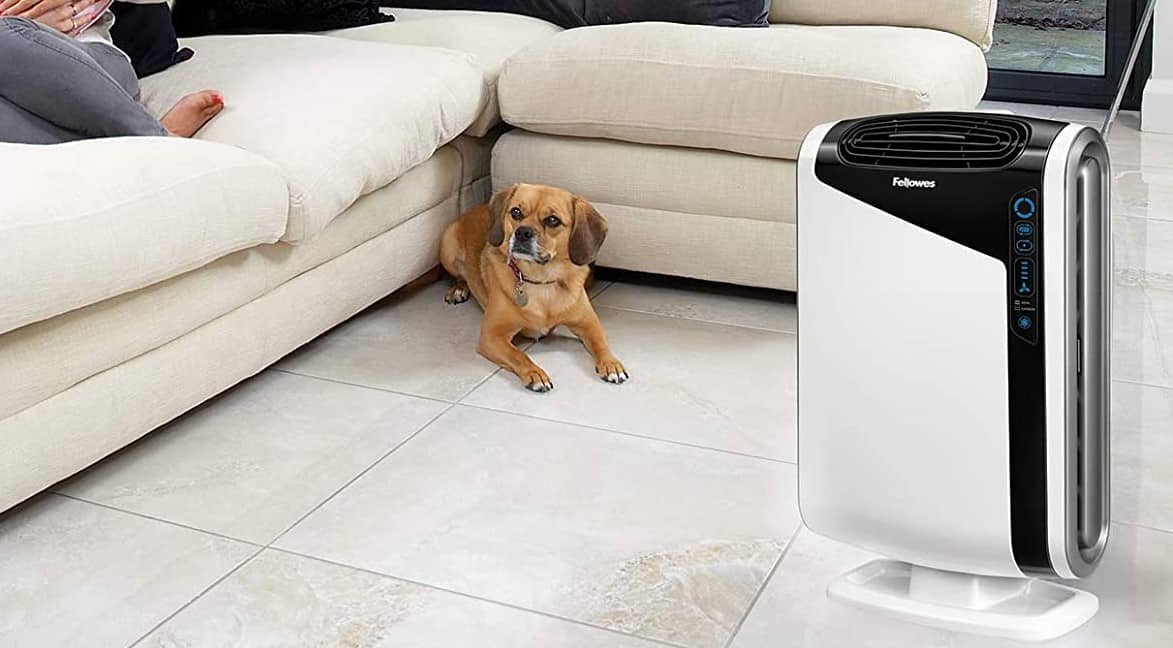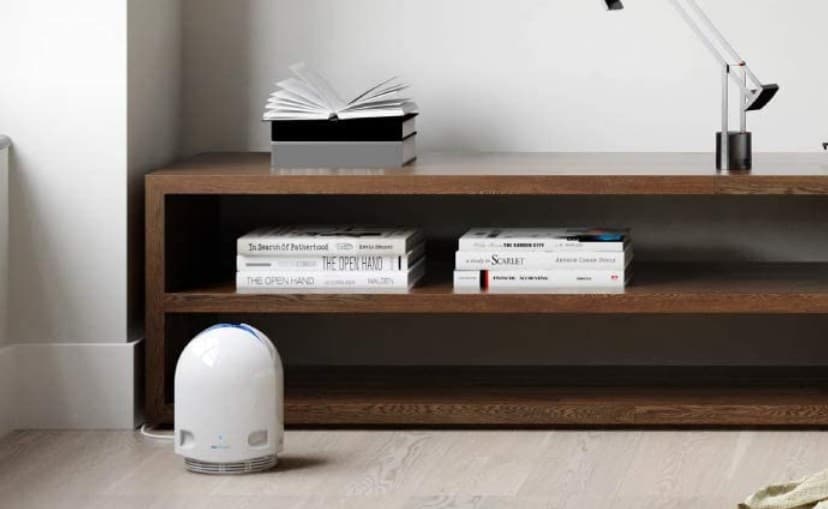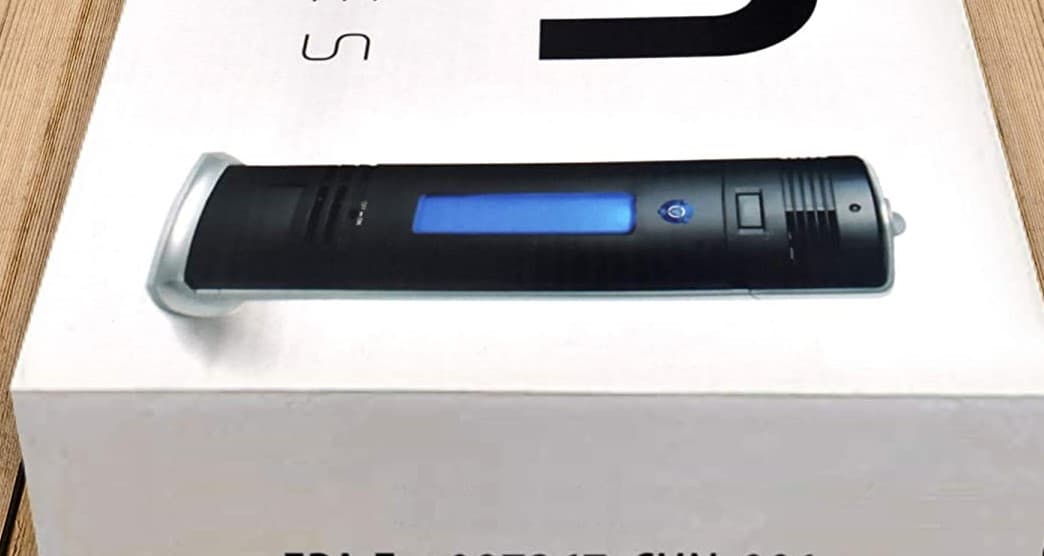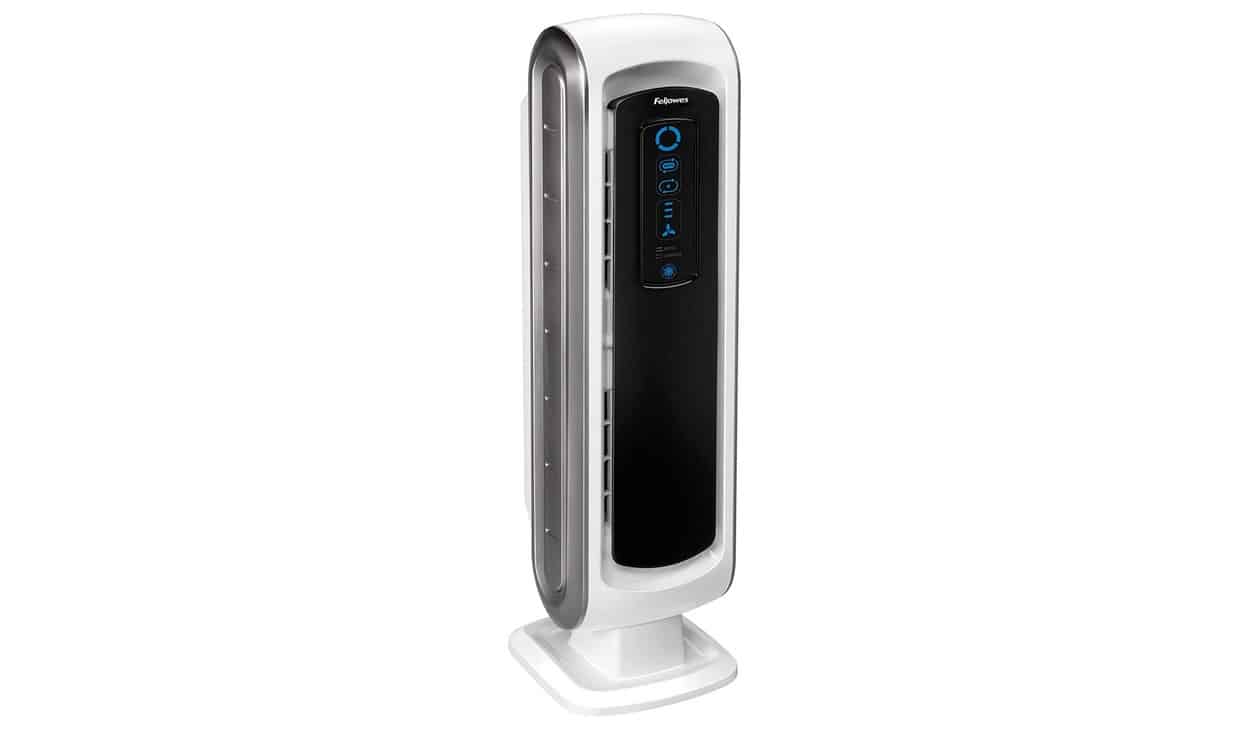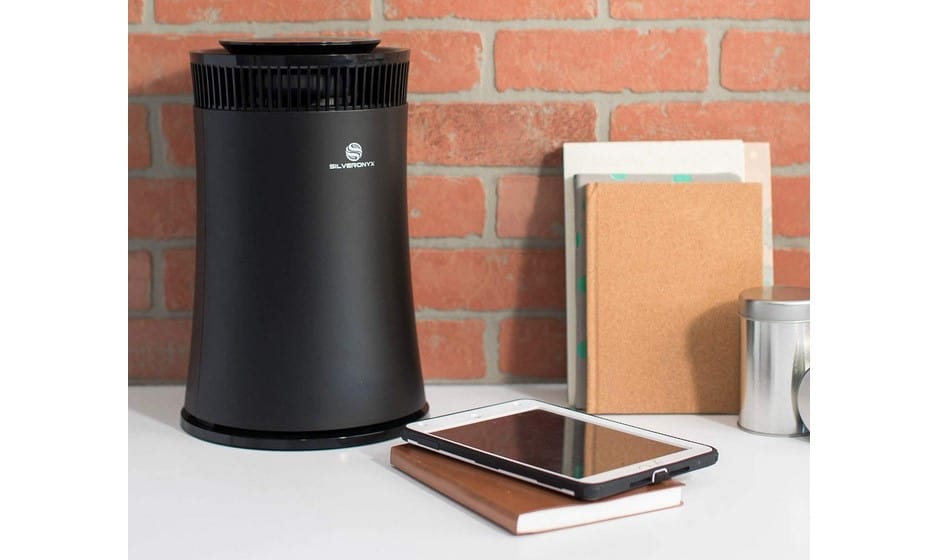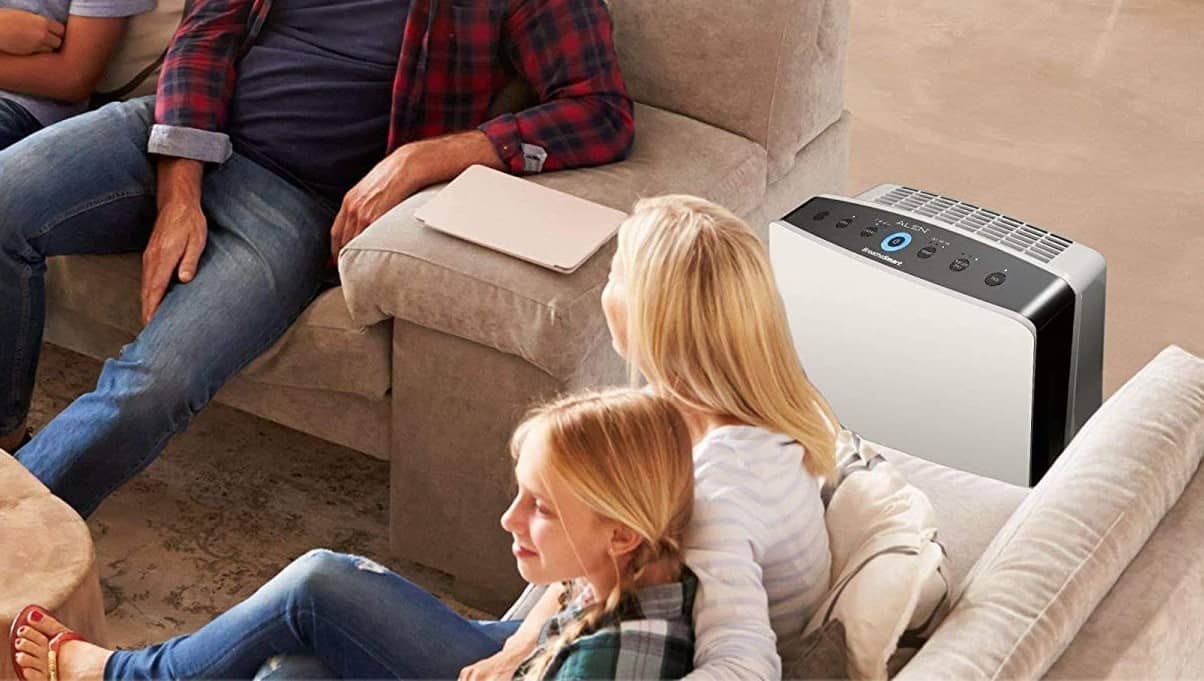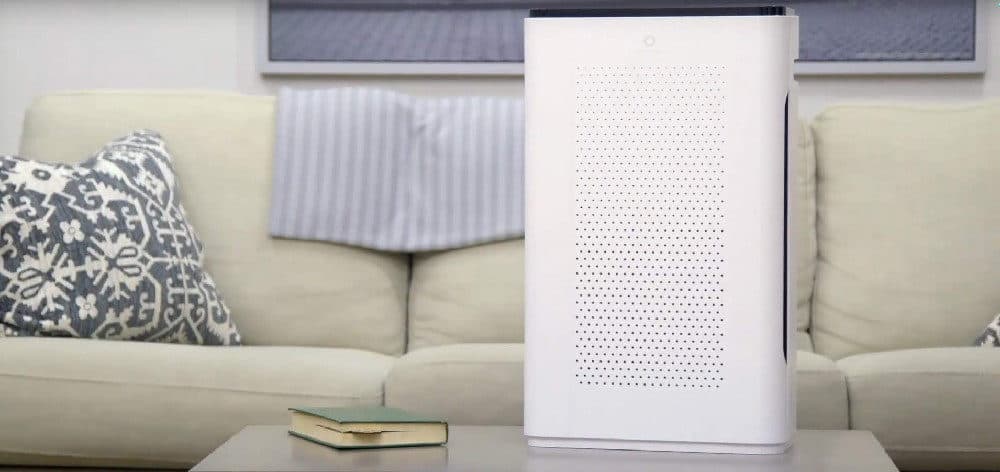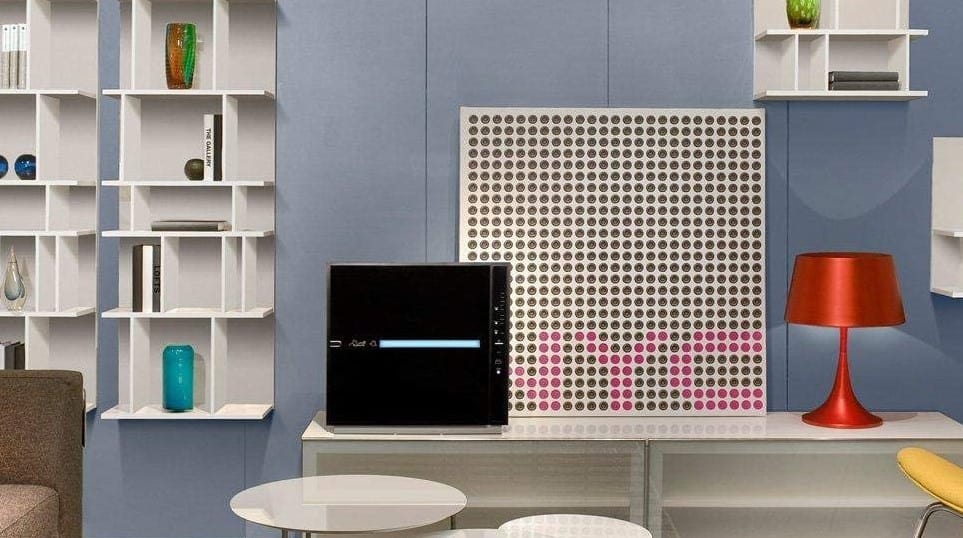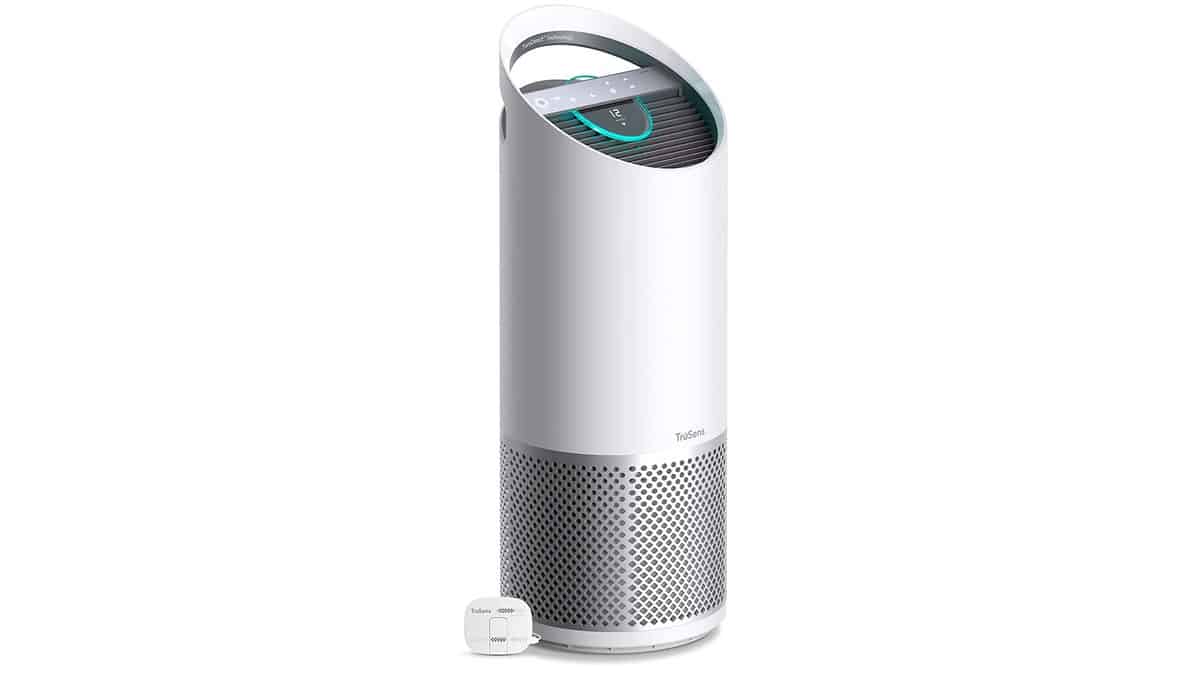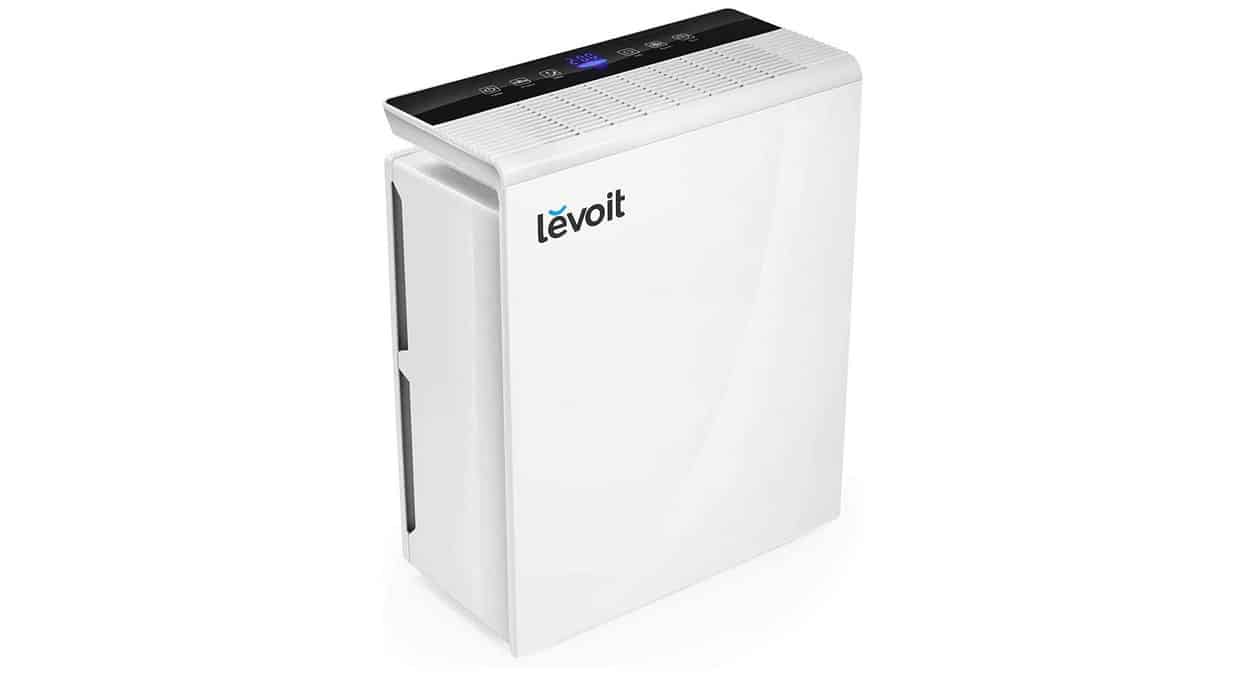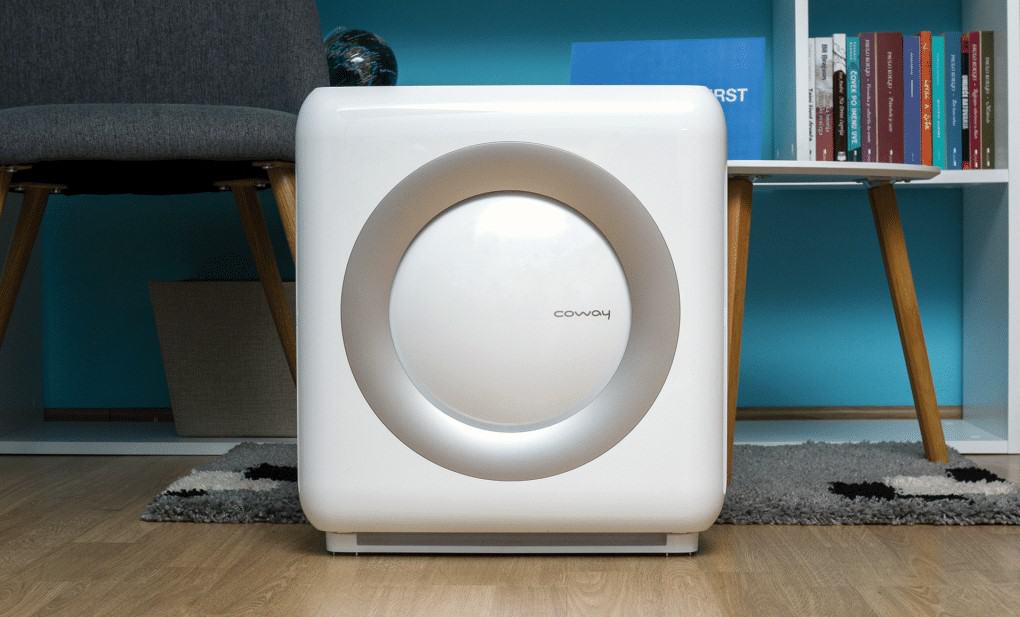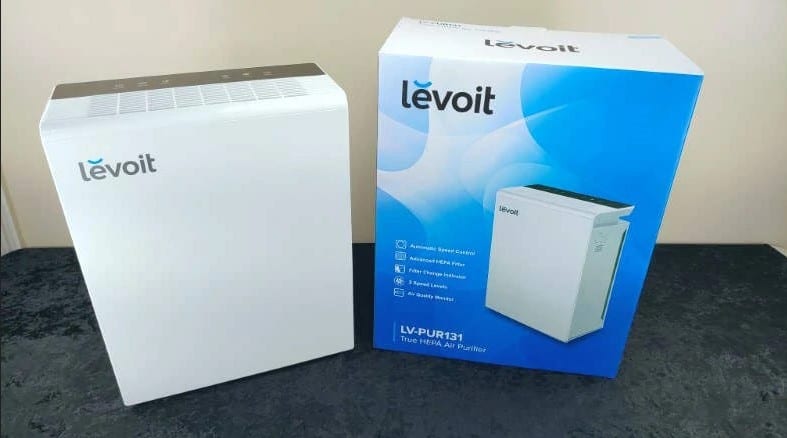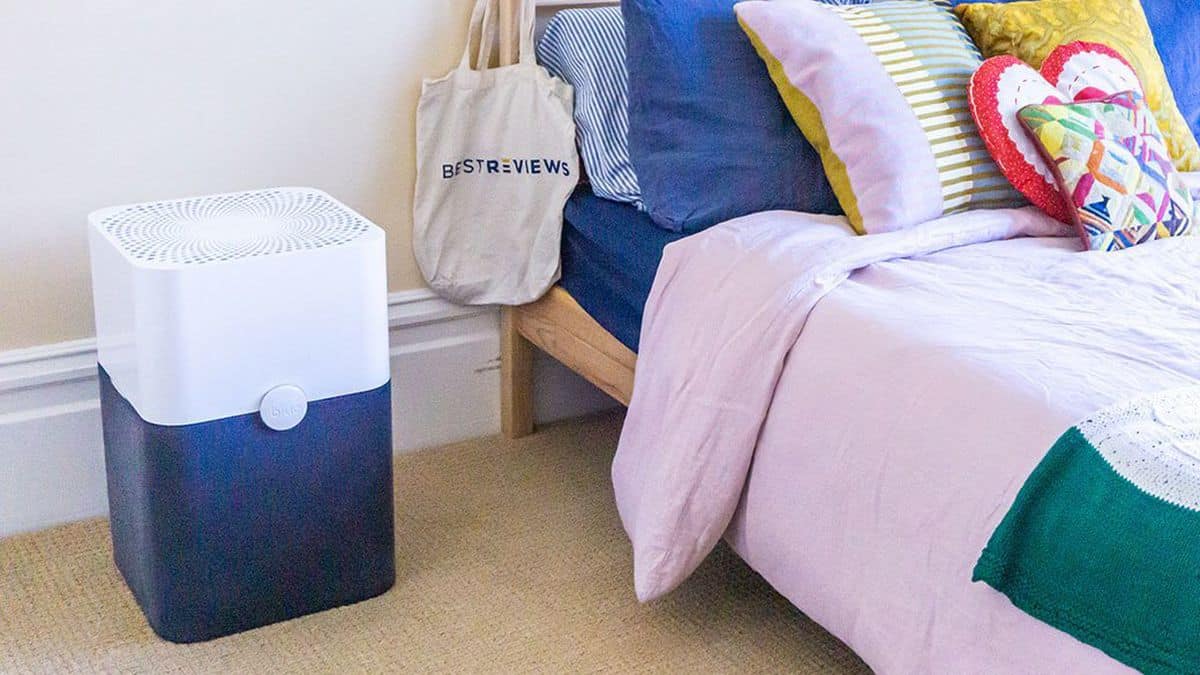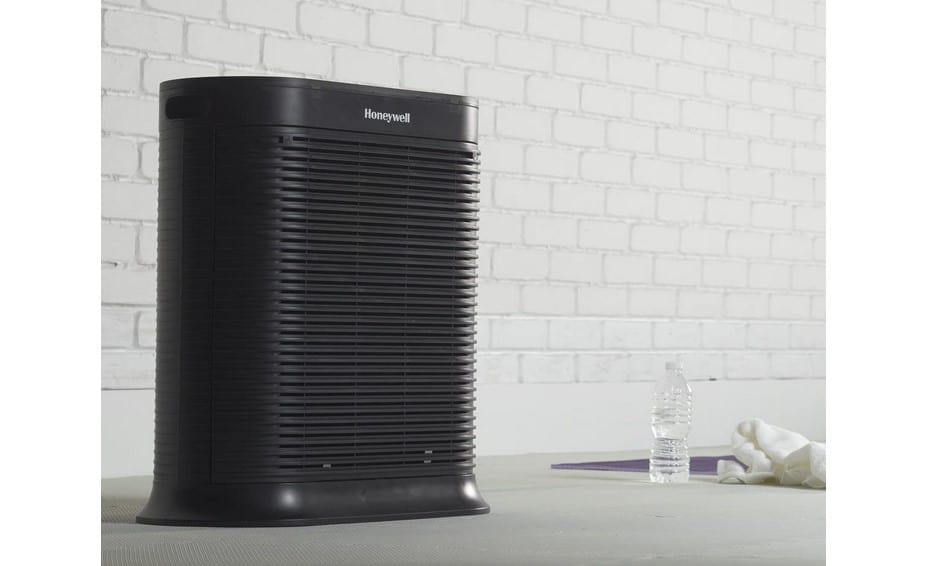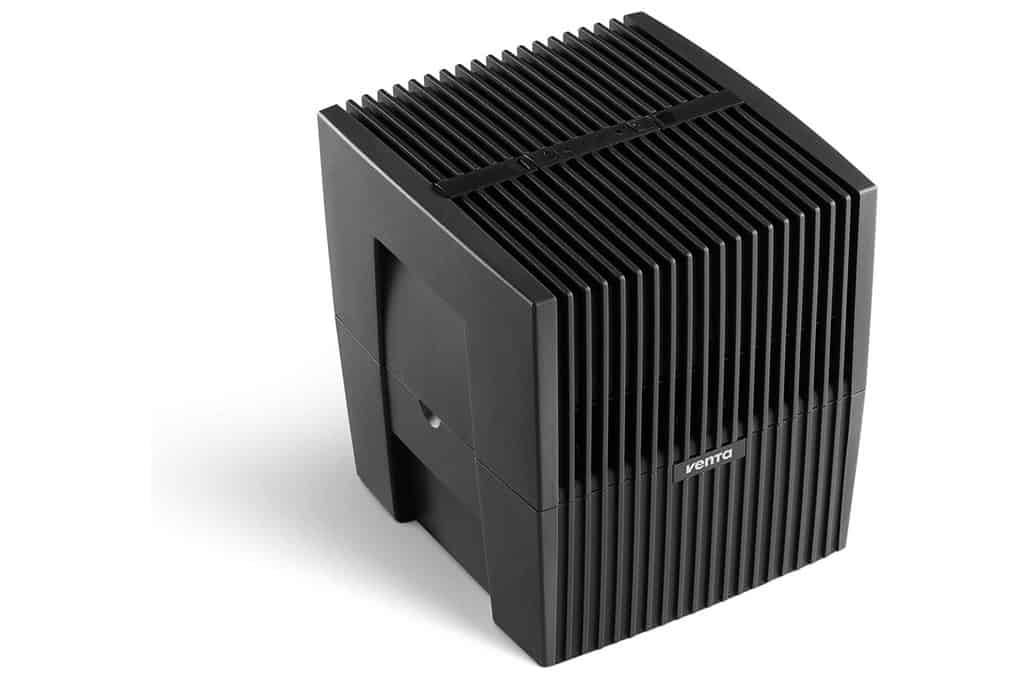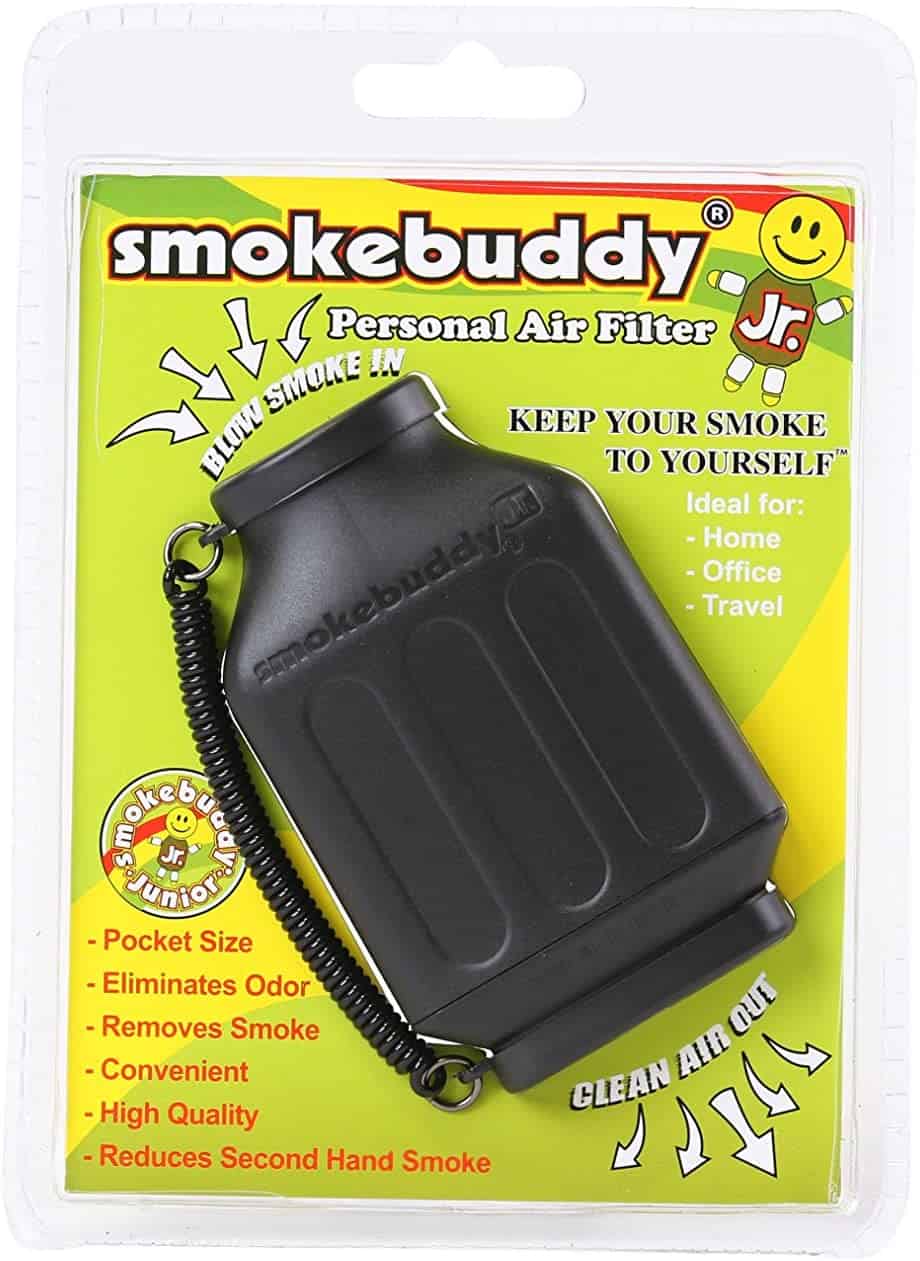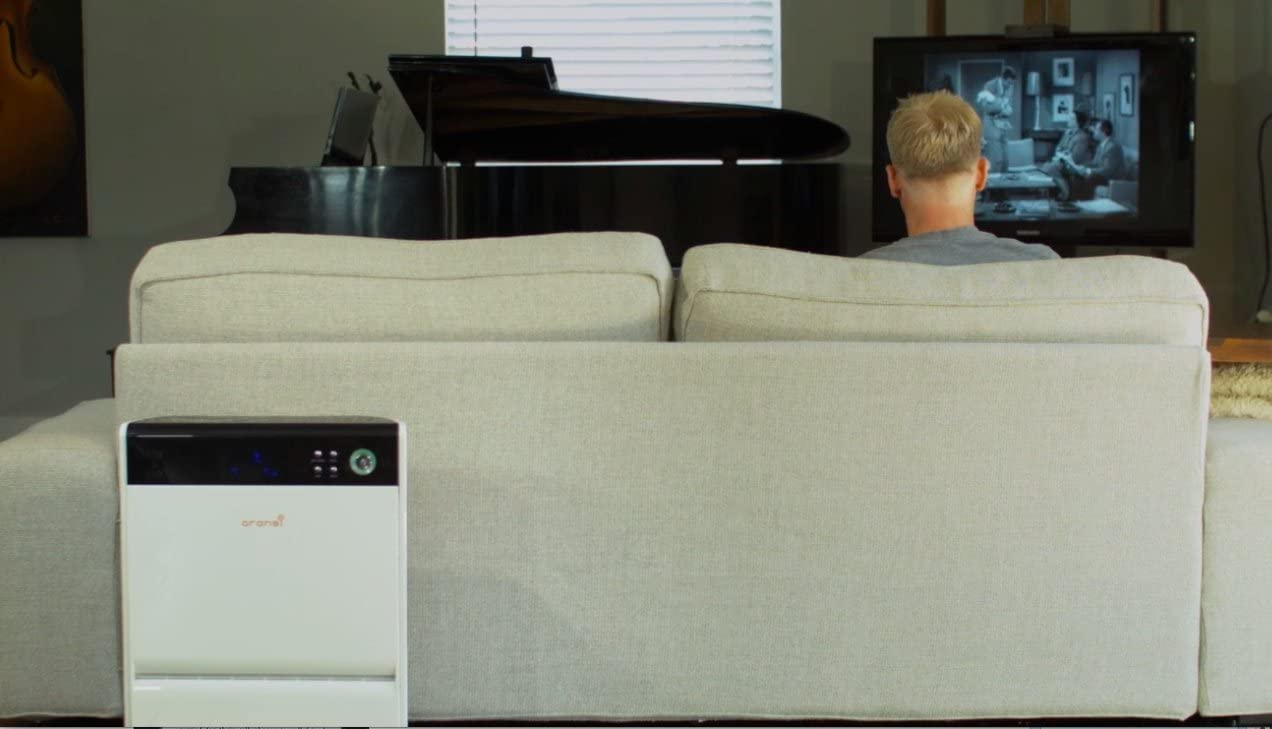If you are new to the world of filter-based best air purifiers, you may have one question on your mind. How often to change an air purifier filter? We are here to answer this question and provide useful information.
KEY TAKEAWAYS:
- You should dispose of and replace a true HEPA filter once every six months to a year, though usage can adjust this metric.
- As for electrostatic and activated carbon filters, try to clean them every month with gently running water and a microfiber cloth.
- Open up the external housing of your air purifier to see if the air filter appears to be excessively dirty or clogged.
When Do You Need a NEW Filter?
Not all air purifiers use filters as an activating mechanism to purify the air. If you are using a filter-based air purifier, you will need an air filter. Luckily, nearly all air purifiers on the market will ship with the relevant filter that you can change on your own. That said, you do need to change the filters regularly, because the quality of air will drop with how frequently the air purifier will clean a room every hour.
HEPA-based air purifiers, activated carbon air purifiers, and electrostatic air purifiers will all need filters.
UV air purifiers, ionic air purifiers, and ozone generators will not need filters, though there do exist hybrid devices that contain multiple air purifying technologies. We recommend reading the instructions thoroughly to figure out if your model needs an air filter.
Insider Tip
HEPA-based air purifiers, activated carbon air purifiers, and electrostatic air purifiers will all need filters.
How Often Should You Change the Air Purifier Filter?
This metric will vary depending on the make and model of your air purifier and just how much it has been used. Experts say that true HEPA filters should be disposed of and replaced every six months to one year, while electrostatic and activated carbon filters should be cleaned every month.
There are some ways to tell if your filter needs replacement, some of which will be listed below.
Look at the Filter
You can always open up the housing of your air purifier and take a look at the filter itself. If it looks excessively dirty and clogged, it may be time for a thorough cleaning or a replacement. As a warning, try to wear a mask and some gloves during this process, as a clogged air filter will likely exude several pollutants as you touch it and take a look.
Check the Filter Replacement Light Indicator
A handy way to know when to change the filter is to check the replacement light indicator. This light is typically placed near or on the air purifier’s control panel. If you see a red “replace the filter” light, you will know what to do. As an aside, once you have cleaned or replaced the filter, be sure to reset the replacement light indicator by holding down the button for several seconds. This process could vary from model to model. You also need to be sure that you are replacing the ozone plates on an air purifier regularly.
Insider Tip
Experts say that true HEPA filters should be disposed of and replaced every six months to one year, while electrostatic and activated carbon filters should be cleaned every month.
F.A.Q.
What else can you do to ensure the longevity of an air purifier?
Besides regularly maintaining the air filters, you can extend the life of an air purifier by cleaning the exterior once a month and by refraining from running it at its highest speed setting for long periods.
Do air filters need to be replaced?
Not all of them. HEPA filters will usually need to be replaced, though some HEPA-style filters may be able to be cleaned instead of replaced. Carbon and electrostatic filters can be cleaned and not replaced.
Are there signs that a filter needs changing?
Yes. The filter itself will offer a handy visual indication. If it is excessively dirty and clogged, change it.
STAT: According to the CDC, high-efficiency particulate air systems, short for HEPA systems, are specially designed to capture 99.7% of dust particles that are greater or equal to 0.3 microns in diameter. (source)

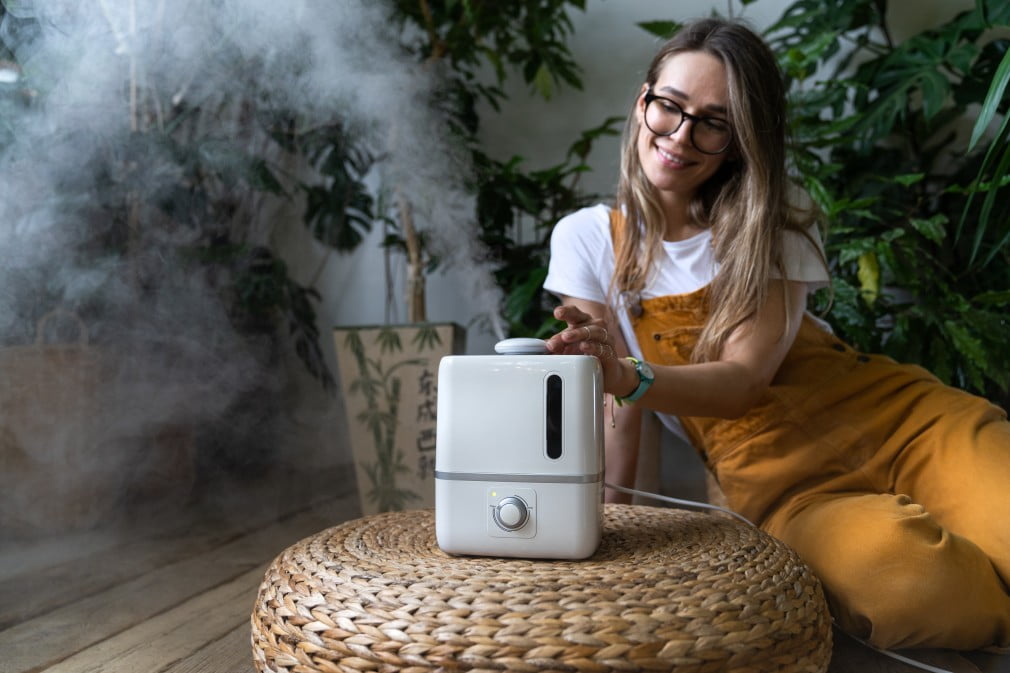













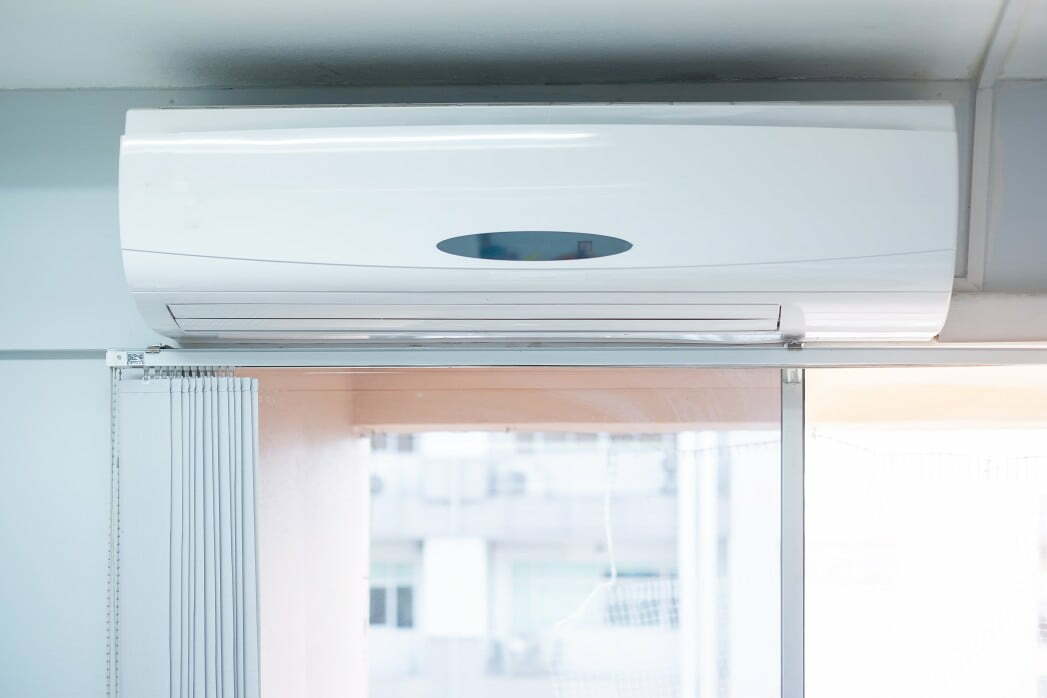
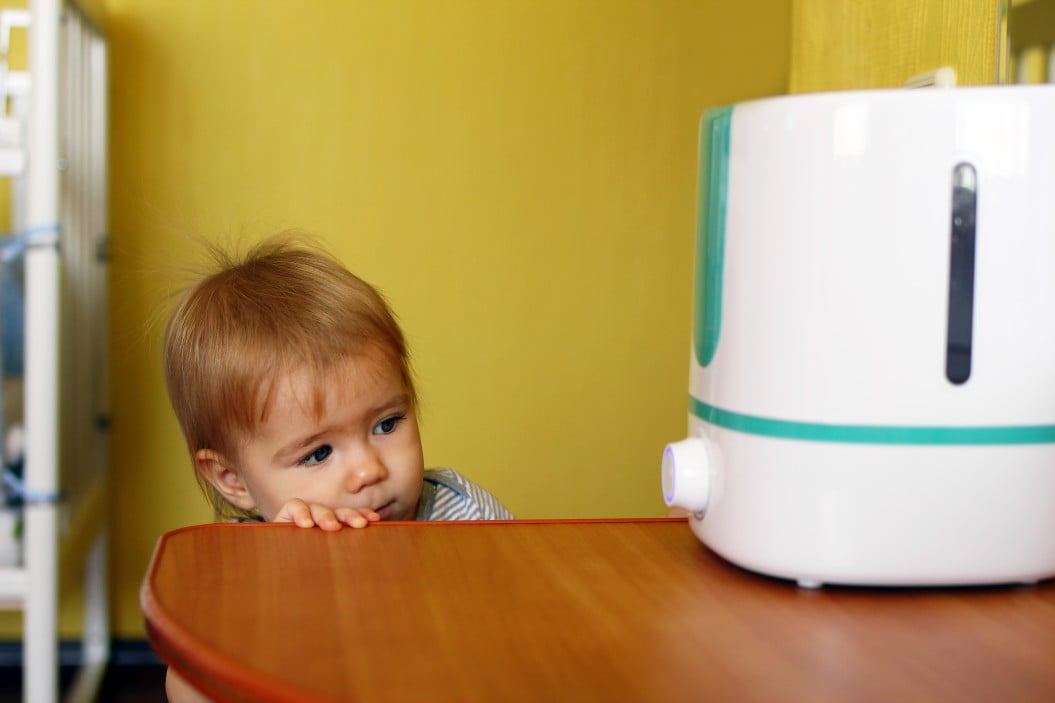
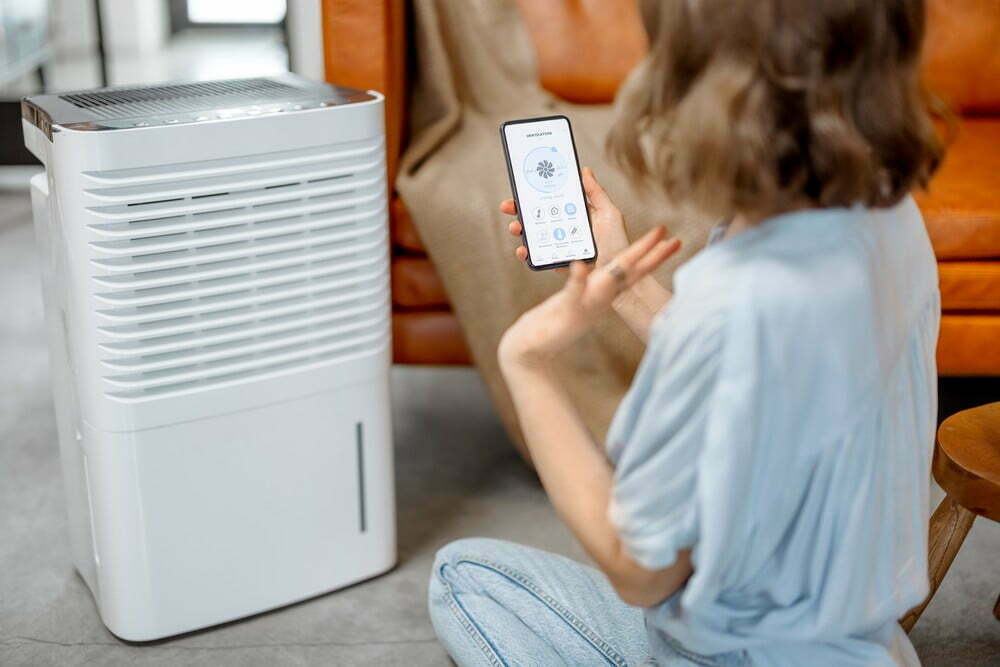
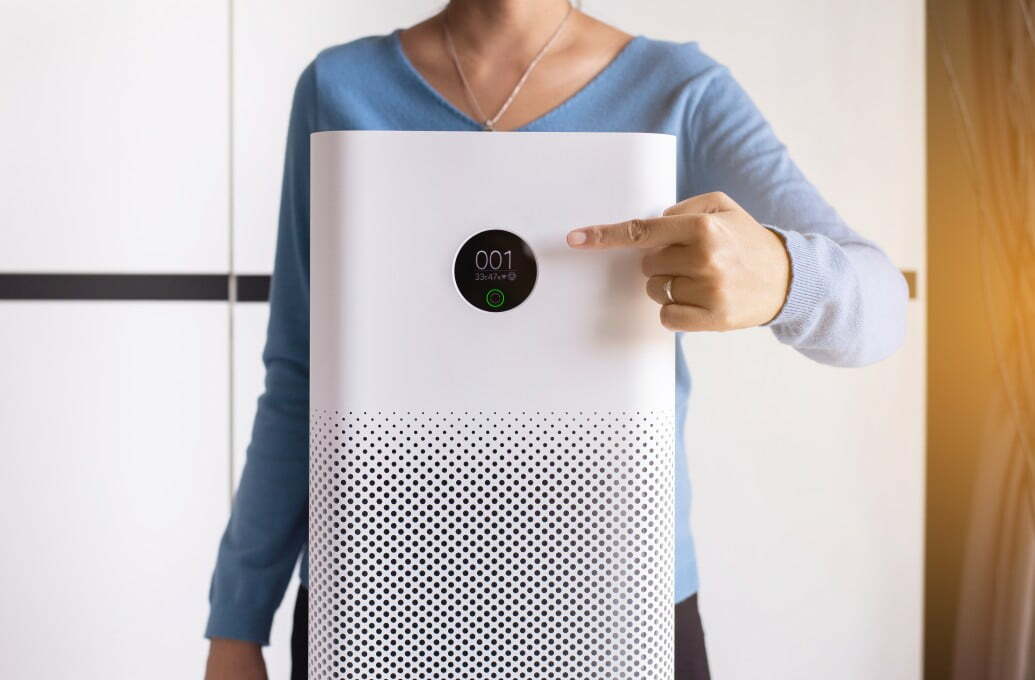
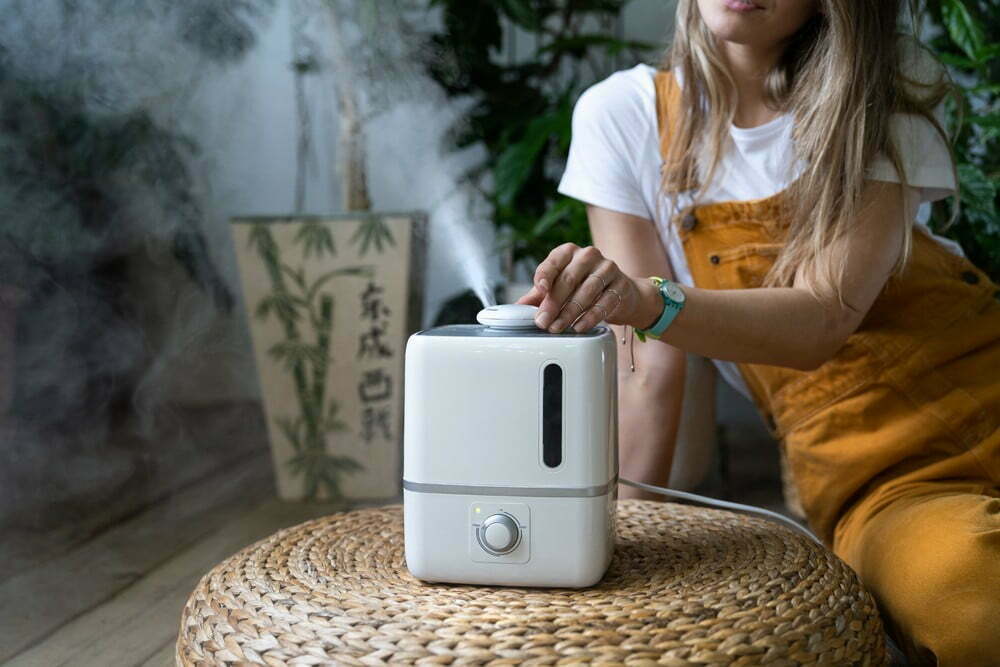
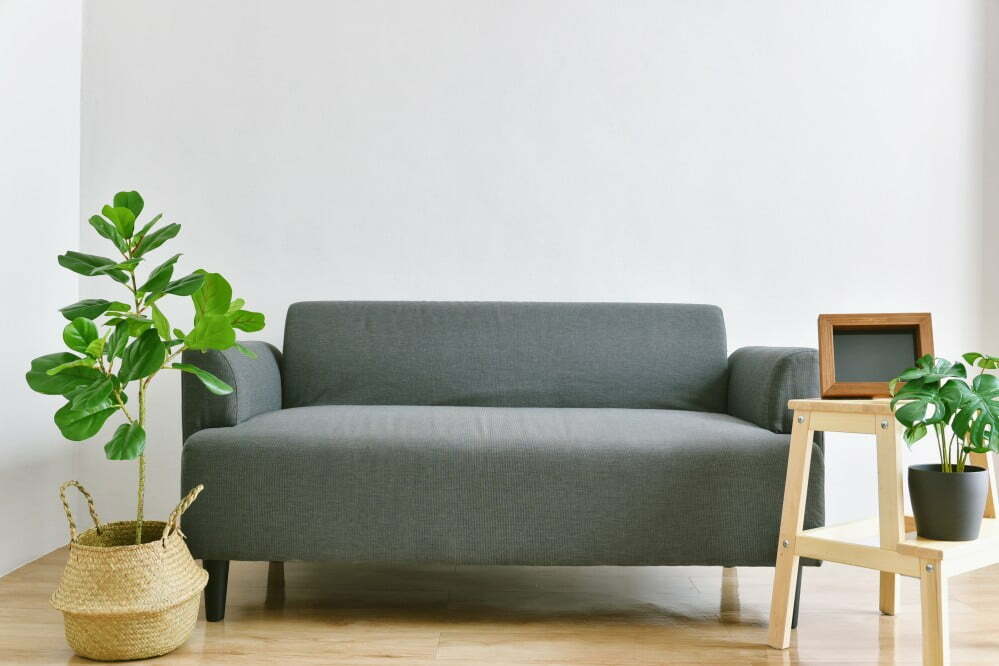
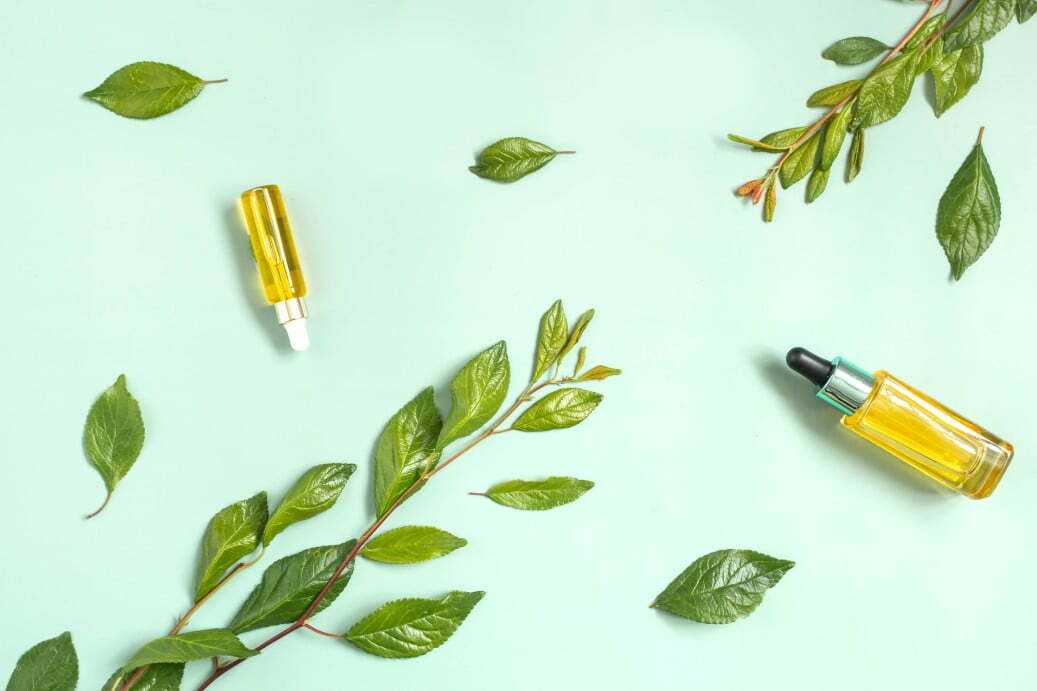
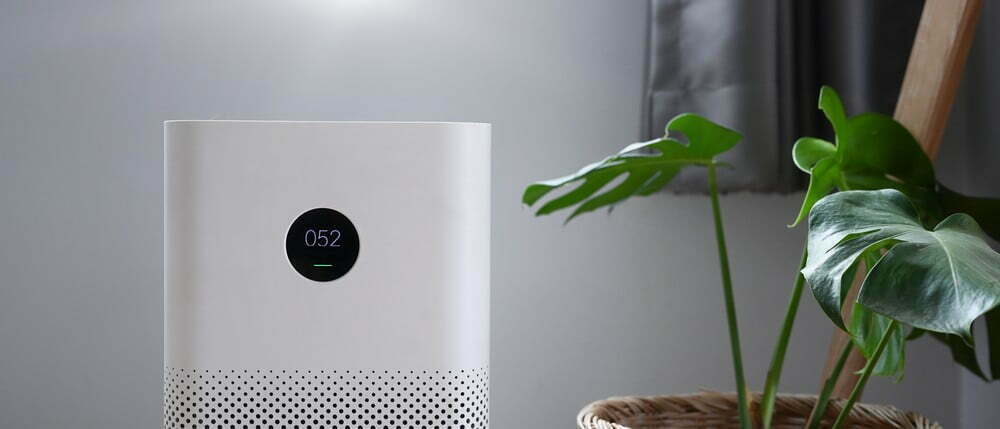
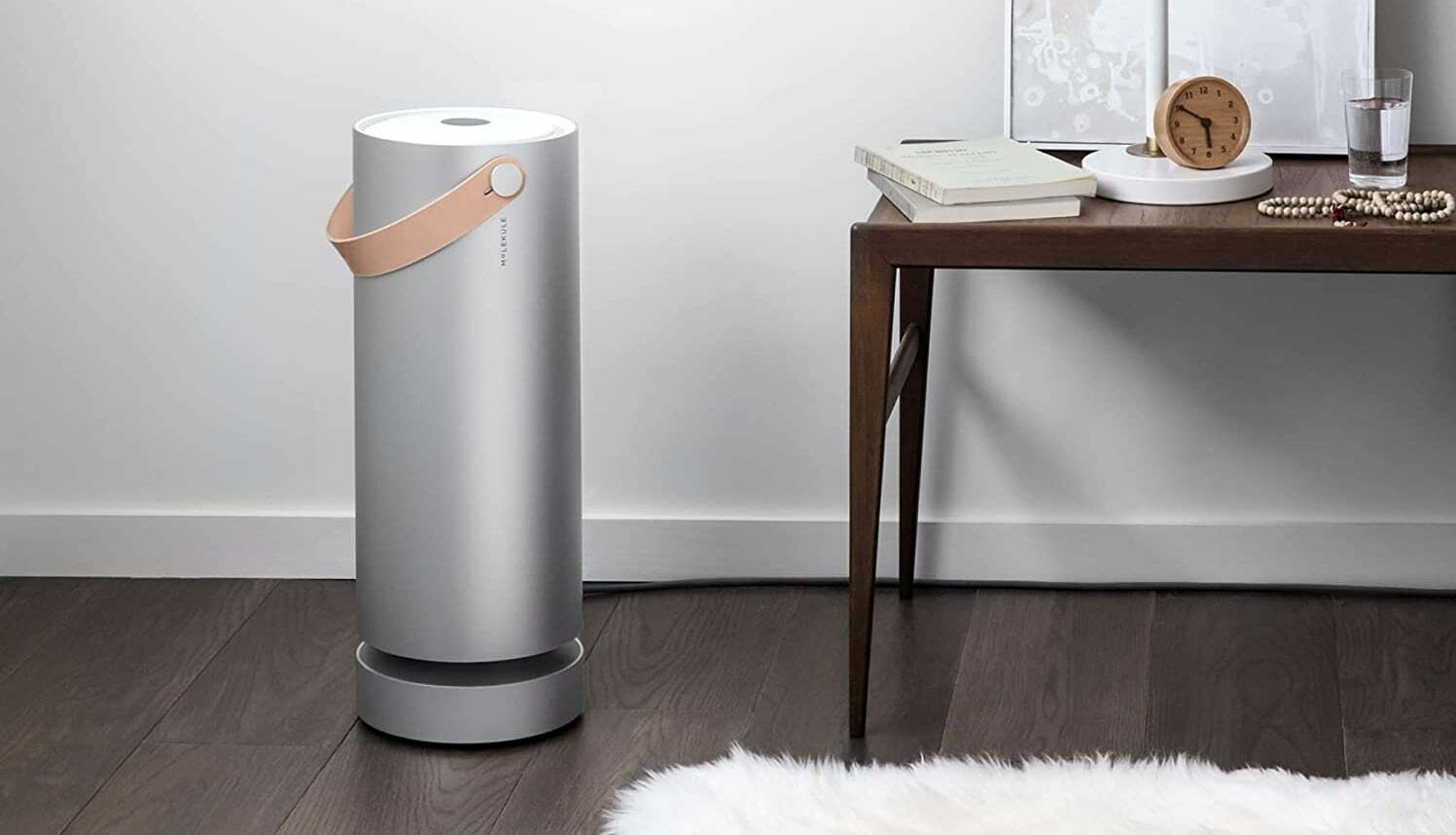
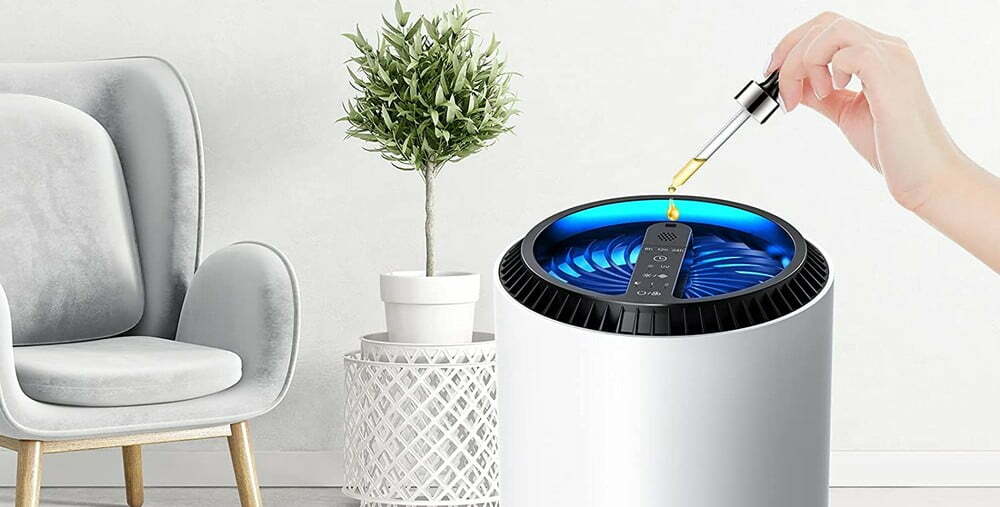
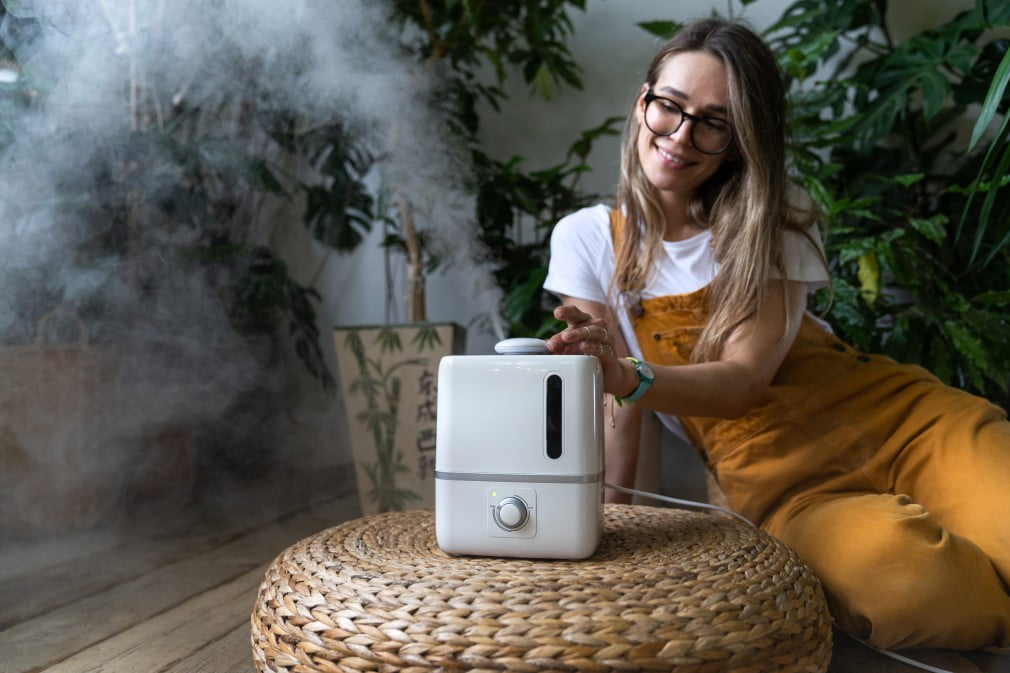
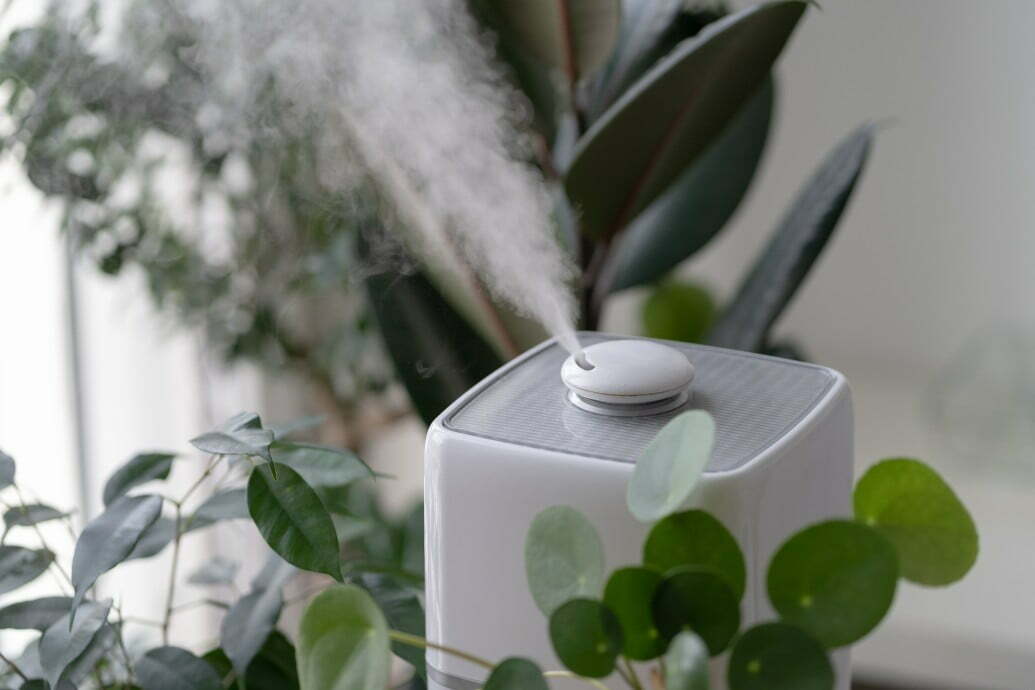
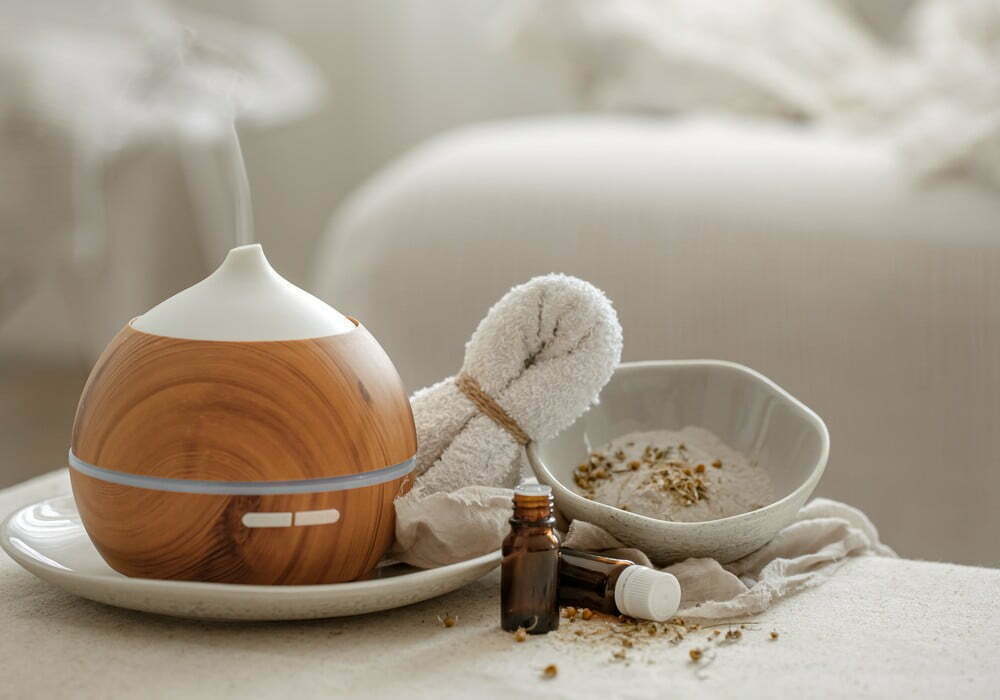
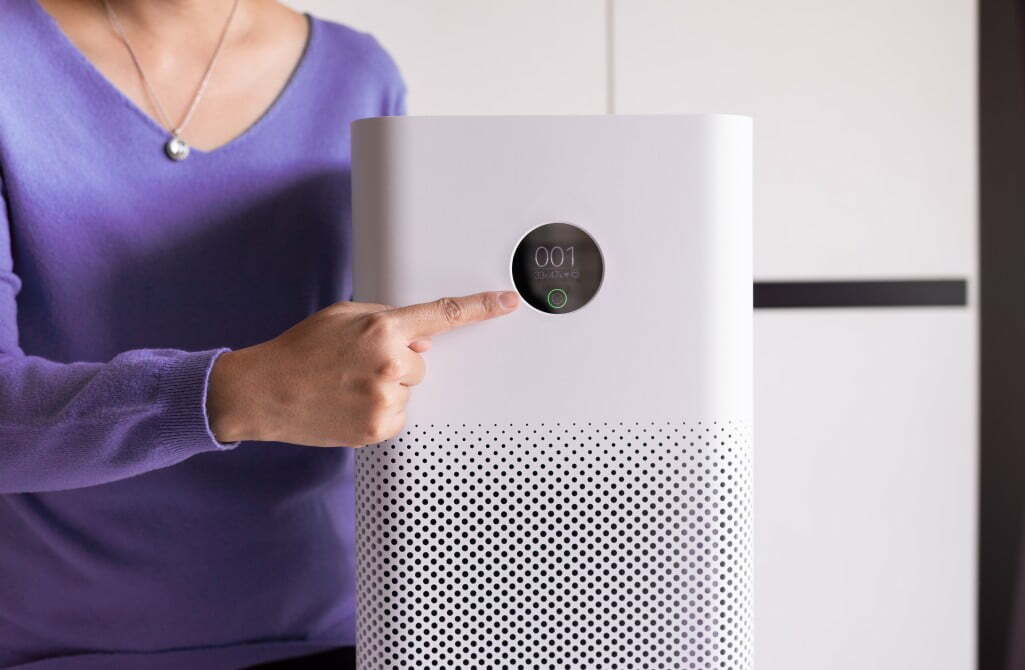
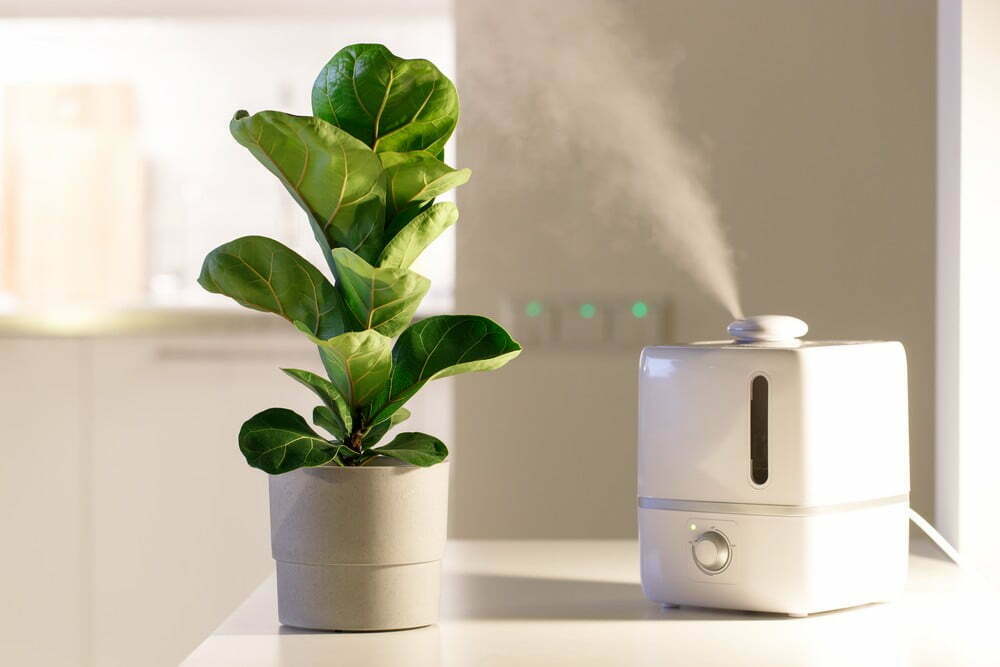
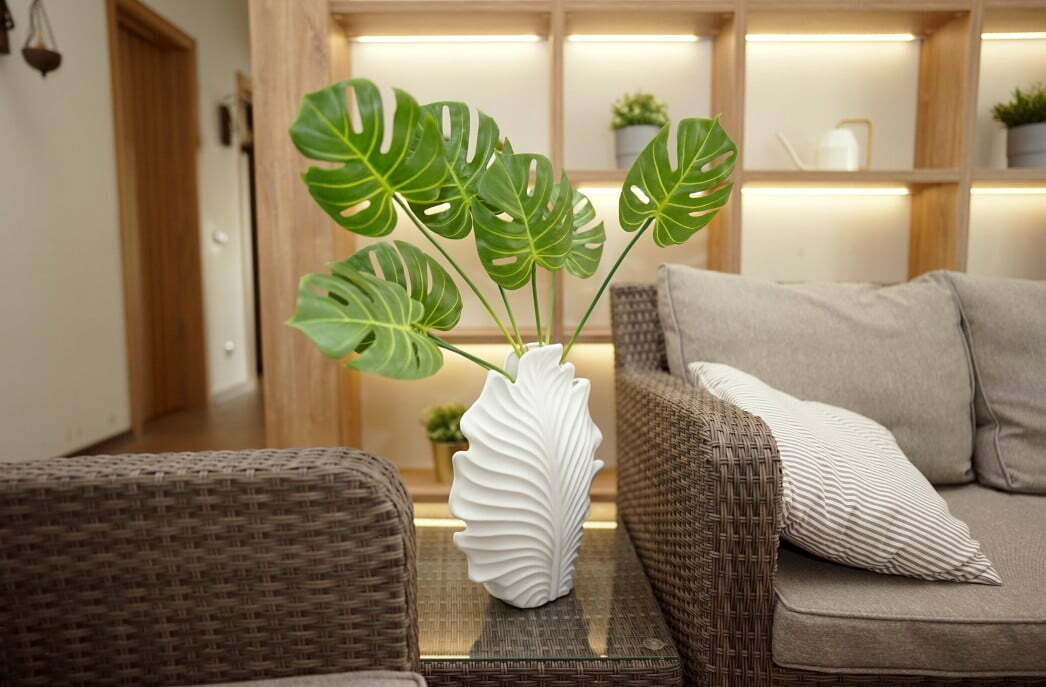
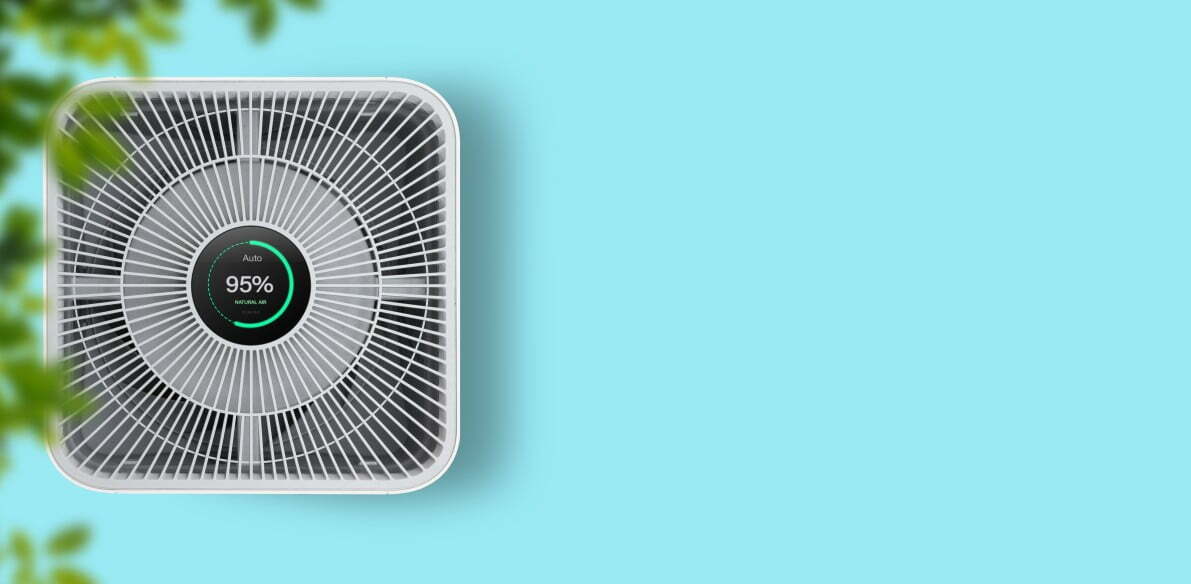
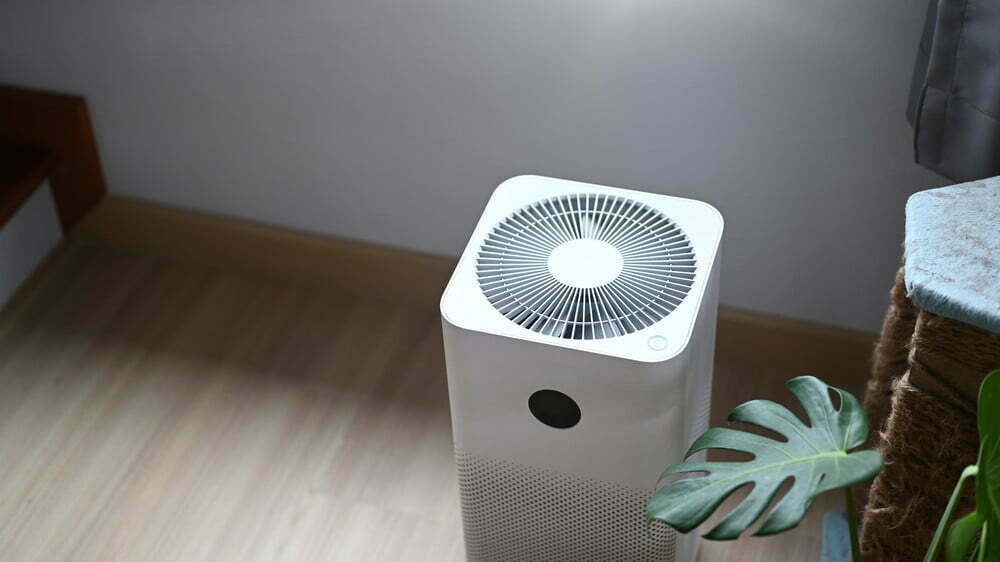
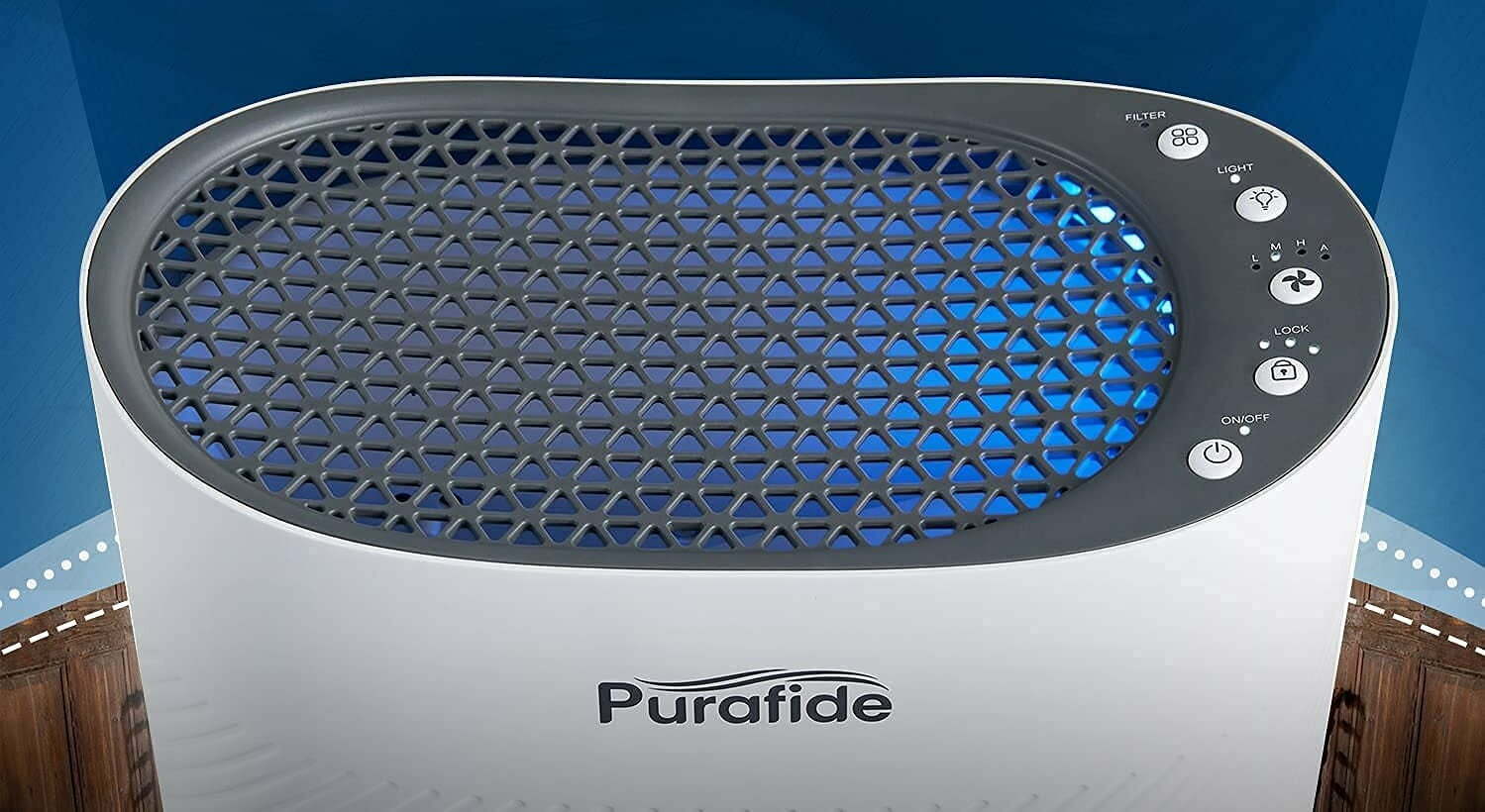
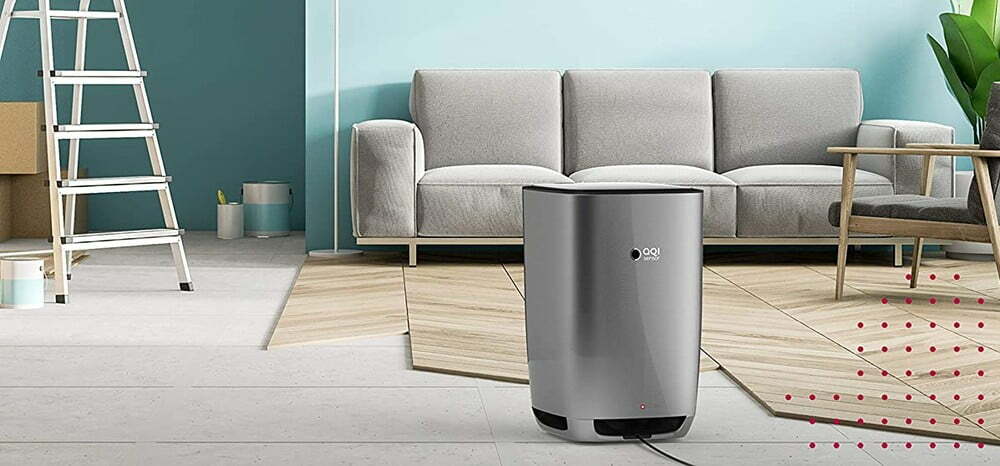
![Best Air Purifiers for VOCs and Formaldehyde in [year] 27 Best Air Purifiers for VOCs and Formaldehyde in 2026](https://www.gadgetreview.dev/wp-content/uploads/best-air-purifier-for-vocs-and-formaldehyde-image.jpg)
![Best Air Purifier in [year] ([month] Reviews) 28 Best Air Purifier in 2026 (January Reviews)](https://www.gadgetreview.dev/wp-content/uploads/Honeywell-True-HEPA-Allergen-Remover-HPA300-e1475603569442.jpg)
![Best Air Purifiers for Dust in [year] 29 Best Air Purifiers for Dust in 2026](https://www.gadgetreview.dev/wp-content/uploads/best-air-purifier-for-dust-image.jpg)
![Best Honeywell Air Purifiers in [year] 30 Best Honeywell Air Purifiers in 2026](https://www.gadgetreview.dev/wp-content/uploads/best-honeywell-air-purifier-image.jpg)
![Best Germicidal Air Purifiers in [year] 31 Best Germicidal Air Purifiers in 2026](https://www.gadgetreview.dev/wp-content/uploads/best-germicidal-air-purifier-image.jpg)
![Best Filterless Air Purifiers in [year] 32 Best Filterless Air Purifiers in 2026](https://www.gadgetreview.dev/wp-content/uploads/best-filterless-air-purifier-image.jpg)
![Best Levoit Air Purifiers in [year] 33 Best Levoit Air Purifiers in 2026](https://www.gadgetreview.dev/wp-content/uploads/best-levoit-air-purifier-image.jpg)
![Best Air Purifiers for Smoking Weed in [year] 34 Best Air Purifiers for Smoking Weed in 2026](https://www.gadgetreview.dev/wp-content/uploads/best-air-purifier-for-smoking-weed-image.jpg)
![Best Quiet Air Purifiers in [year] 35 Best Quiet Air Purifiers in 2026](https://www.gadgetreview.dev/wp-content/uploads/best-quiet-air-purifier-image.jpg)
![Best Desktop Air Purifiers in [year] 36 Best Desktop Air Purifiers in 2026](https://www.gadgetreview.dev/wp-content/uploads/best-desktop-air-purifier.jpg)
![Best Dyson Air Purifiers in [year] 37 Best Dyson Air Purifiers in 2026](https://www.gadgetreview.dev/wp-content/uploads/best-dyson-air-purifier.jpg)
![Best Air Purifiers for Dorm Room in [year] 38 Best Air Purifiers for Dorm Room in 2026](https://www.gadgetreview.dev/wp-content/uploads/air-purifier-for-dorm-room-1.jpg)
![Best Air Purifiers for Office in [year] 39 Best Air Purifiers for Office in 2026](https://www.gadgetreview.dev/wp-content/uploads/best-air-purifier-for-office.jpg)
![Best Air Purifiers for Basement in [year] 40 Best Air Purifiers for Basement in 2026](https://www.gadgetreview.dev/wp-content/uploads/best-air-purifier-for-basement.jpg)
![Best Air Purifiers For Odor in [year] 41 Best Air Purifiers For Odor in 2026](https://www.gadgetreview.dev/wp-content/uploads/best-air-purifier-odor.jpg)
![10 Best Personal Air Purifiers in [year] 42 10 Best Personal Air Purifiers in 2026](https://www.gadgetreview.dev/wp-content/uploads/best-personal-air-purifiers.jpg)
![10 Best Plug In Air Purifiers in [year] 43 10 Best Plug In Air Purifiers in 2026](https://www.gadgetreview.dev/wp-content/uploads/best-plug-in-air-purifier-image.jpg)
![10 Best Whole House Air Purifiers in [year] 44 10 Best Whole House Air Purifiers in 2026](https://www.gadgetreview.dev/wp-content/uploads/best-whole-house-air-purifier-image.jpg)
![10 Best Large Room Air Purifiers in [year] 45 10 Best Large Room Air Purifiers in 2026](https://www.gadgetreview.dev/wp-content/uploads/Coway-Airmega-200M-Large-Room-Air-Purifier-900x900-1.png)
![10 Best UV Air Purifiers in [year] 46 10 Best UV Air Purifiers in 2026](https://www.gadgetreview.dev/wp-content/uploads/best-uv-air-purifier.jpg)
